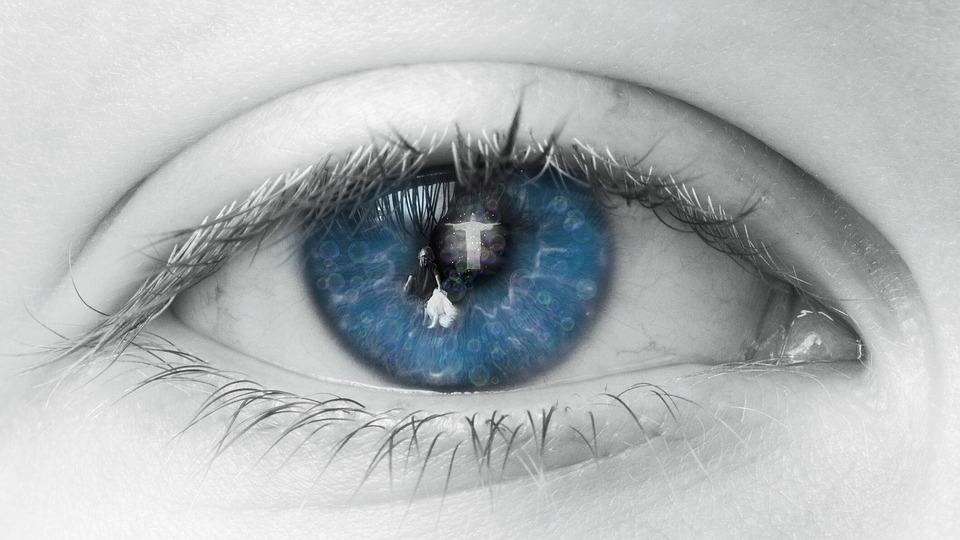 EMERGING TECH
EMERGING TECH
 EMERGING TECH
EMERGING TECH
 EMERGING TECH
EMERGING TECH
Researchers at Google LLC are taking image recognition to the next level with an experimental machine learning model that can rank photos according to their aesthetic appeal.
The new model, called Neural Image Assessment, is designed to assess which images humans are most likely to find aesthetically pleasing. This is quite different to existing models, which can only categorize images according to their quality. With NIMA, Google’s researchers says it’s now possible to rate images with a much higher degree of correlation to what humans would perceive.
The announcement was made in a Dec. 18 blog post co-authored by Google researchers Hossein Talebi and Peyman Milanfar, who say that their new algorithm can closely match the average scores given to images by more than 200 human raters.
NIMA could be applied to a variety of labor-intensive tasks that require a more subjective judgment, the researchers say. For example, possible applications include intelligent image editing, or software that can optimize visual quality and minimize any perceived errors.
NIMA was built using something called a convolutional neural network, which is a type of machine learning that’s used for image recognition and classification. However, unlike other models, which perform quality assessments of images according to things such as blurring, compression and pixel-level imperfections, NIMA is more focused on the characteristics humans associate with beauty and emotions, the researchers said.
CNNs work by using data that has been labeled and rated by humans to train models to identify the characteristics humans are likely to find aesthetically pleasing. This data includes reference images that are used to train the models on specific metrics associated with aesthetically pleasing images. In cases where there is no reference image available, statistical models are used instead.
So, rather than classifying images as either low or high quality, “NIMA model produces a distribution of ratings for any given image — on a scale of 1 to 10, NIMA assigns likelihoods to each of the possible scores,” Talebi and Milanfar said.
“This is more directly in line with how training data is typically captured, and it turns out to be a better predictor of human preferences when measured against other approaches,” said the researchers, who offer a more in-depth discussion of their work in a technical paper.
THANK YOU